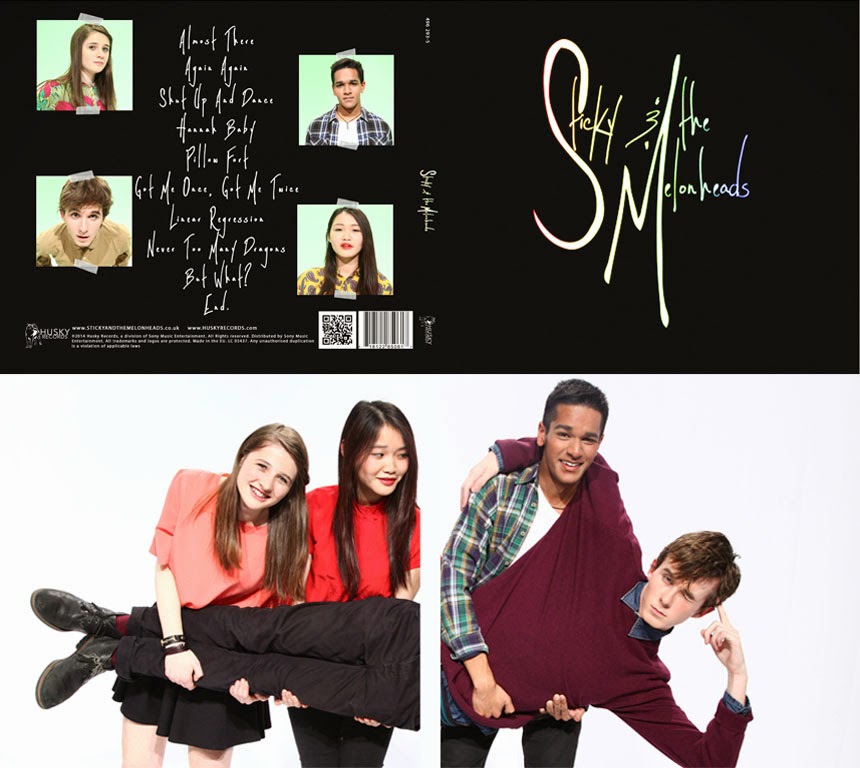1) Summarise your film idea. Provide a brief synopsis and outline what happens in your film opening.
Three best friends compete for the attention of the school's new heartthrob.
In the opening, the three friends see the heartthrob for the first time, which leads to them fighting over him.
2) What kind of information has been included in your film opening?
In our opening, we have included the setting (a school), the main characters (the friends and the heartthrob), the character relationships, the genre (teen rom-com), the actors and the film title (The Competition).
3) How do the titles link to the main film idea?
The font itself is quite 'high school' style, conforming to the genre of a teen rom-com, as well as the fact that the titles would be stamped onto the shot.
4) Summarise the expected audience reaction. What should the audience be thinking by the end of your opening? Is your opening clear or ambiguous?
The audience should be curious about the heartthrob, which is brought on by the fact that he is slowly revealed throughout the opening. The audience should also laugh at the reactions of the girls, such as the fainting or the fighting.
At the end of the opening, the audience should be wondering who will win the 'competition', who the heartthrob will choose, and whether the girls' friendship will survive.
Overall I think the opening is quite clear as the characters and setting are established, as well as the genre, through the exaggerated stereotypes and reactions.
5) Identify three things that you included in your grid that are important in the construction of an opening sequence and explain their role in understanding the film.
Master shot - this establishes the setting and characters of the film
Slow reveal - this creates build-up and tension, as the audience are curious about who the character is. This also highlights the fact that this character is important to the film.
Close Ups of the girls - this also establishes who the main characters are of the film, and also shows them in more detail than the master shot, so the audience gets more of an idea about their characteristics.
How effective is your project as a film opening? Explain your answer.
Overall I think the opening is quite effective, as it gives the audience what they would expect from a teen rom-com, such as over-exaggerated expressions and the vibrancy and lighting, as it is bright and colourful, much like other teen films. The opening also gives the audience the information they need, such as the characters, the setting and the character relationships. For example, the costumes give the audience some idea of what the characters are like, as they are stereotypical of different groups of teenagers, such as the 'nerd' costume, with the glasses and 'bad' hair.
In hindsight, I would change a few things to improve the opening. Firstly, I would change the hair colour of the 'barbie' character to blonde, to reinforce the stereotype and make it more blatant as to who the character is. I would also have the corridor more full, to make the setting more realistic.
